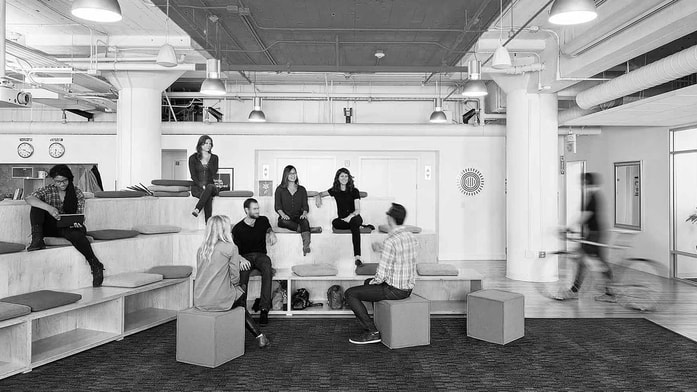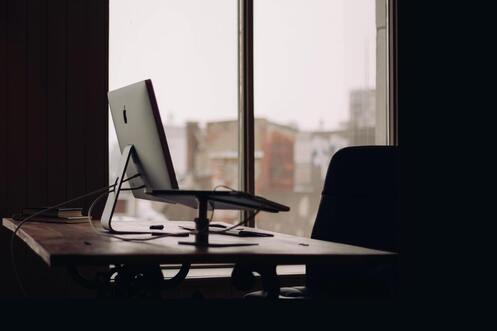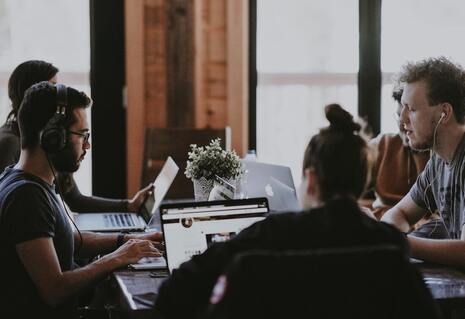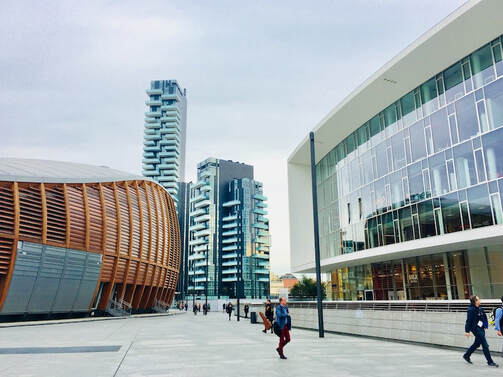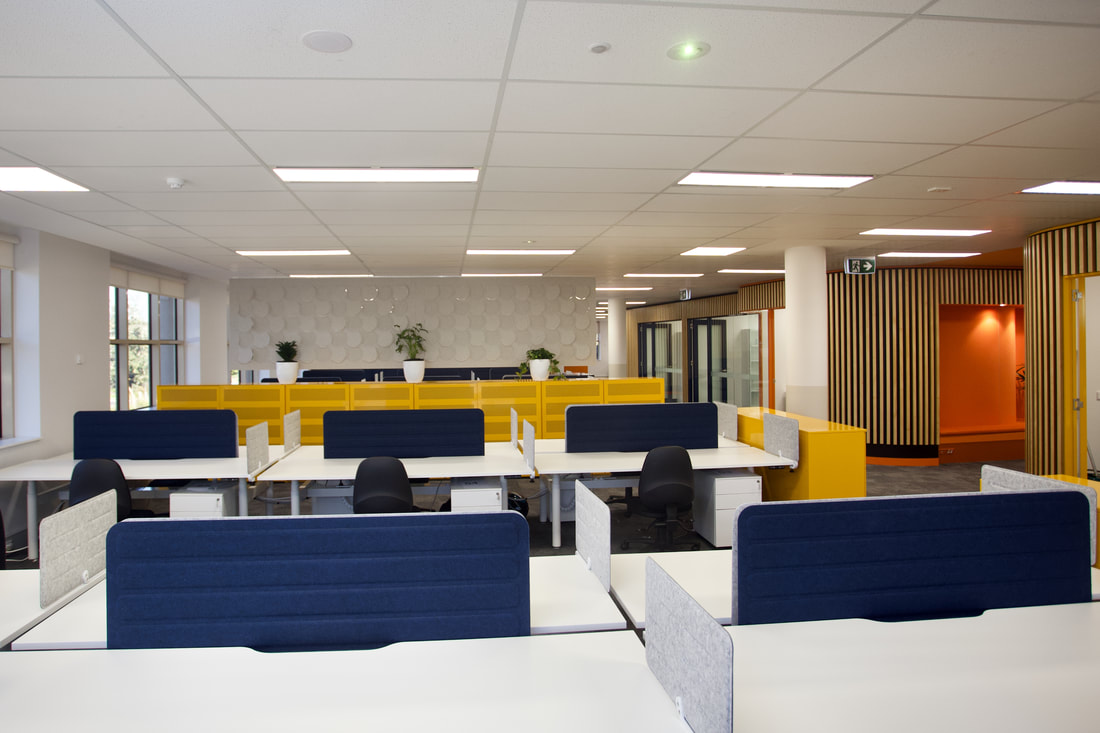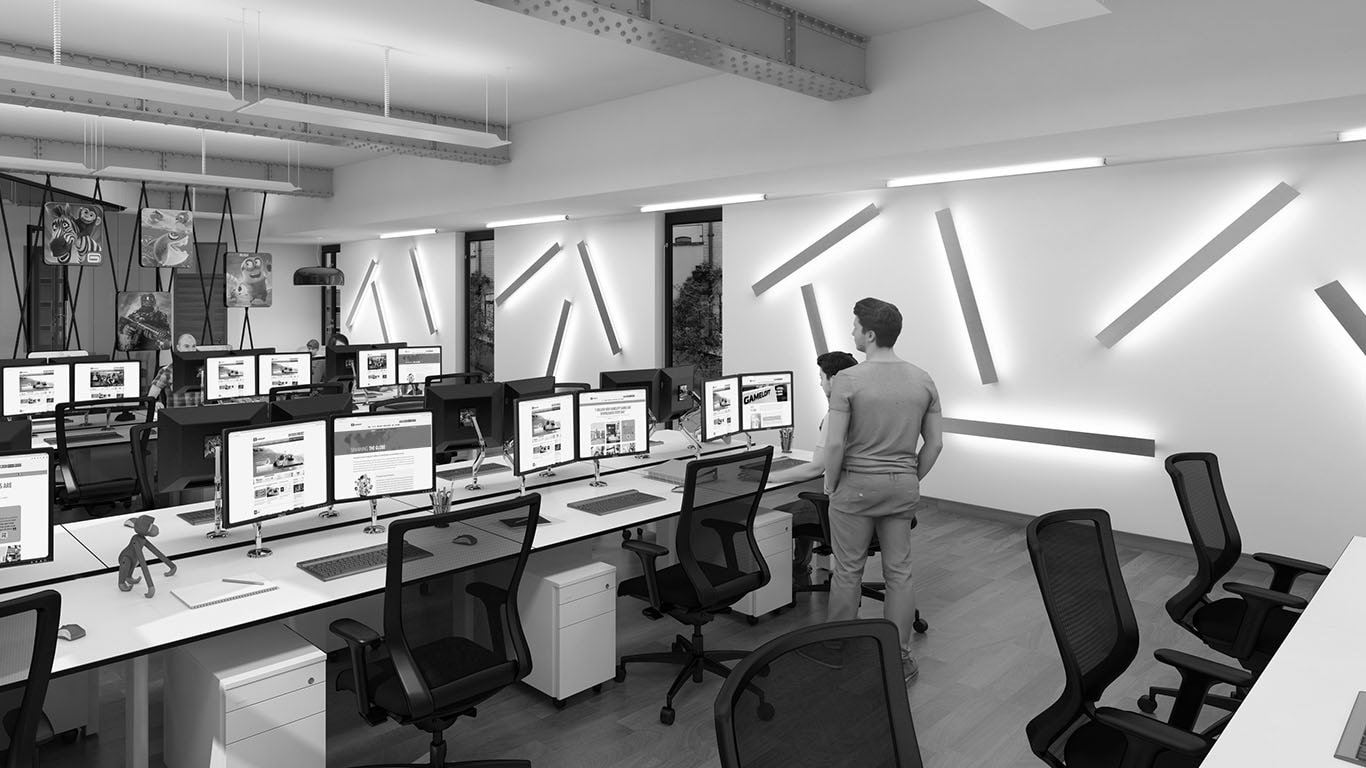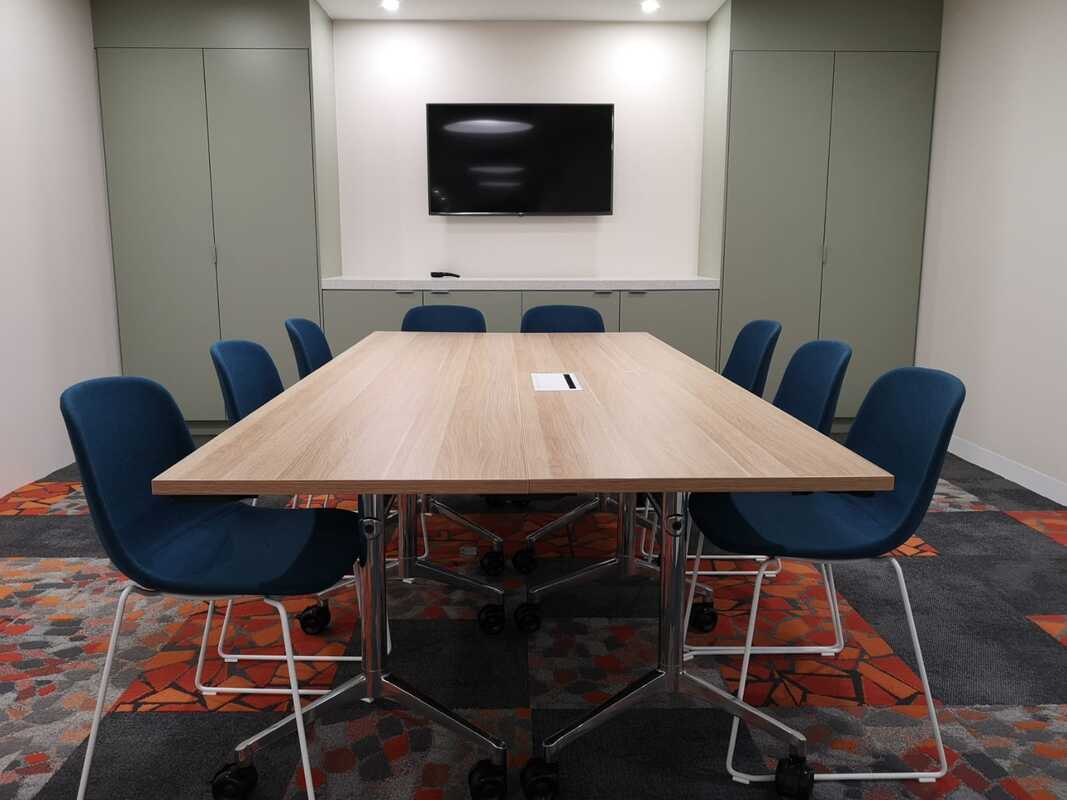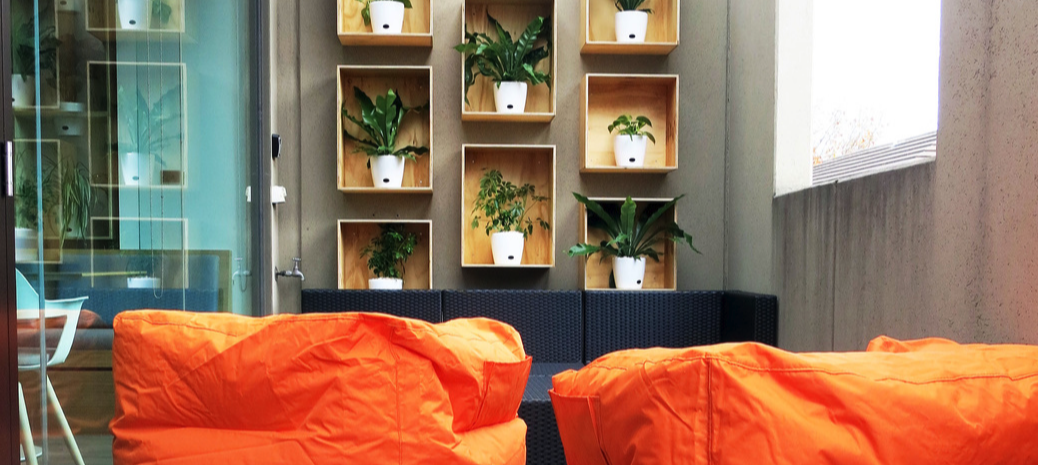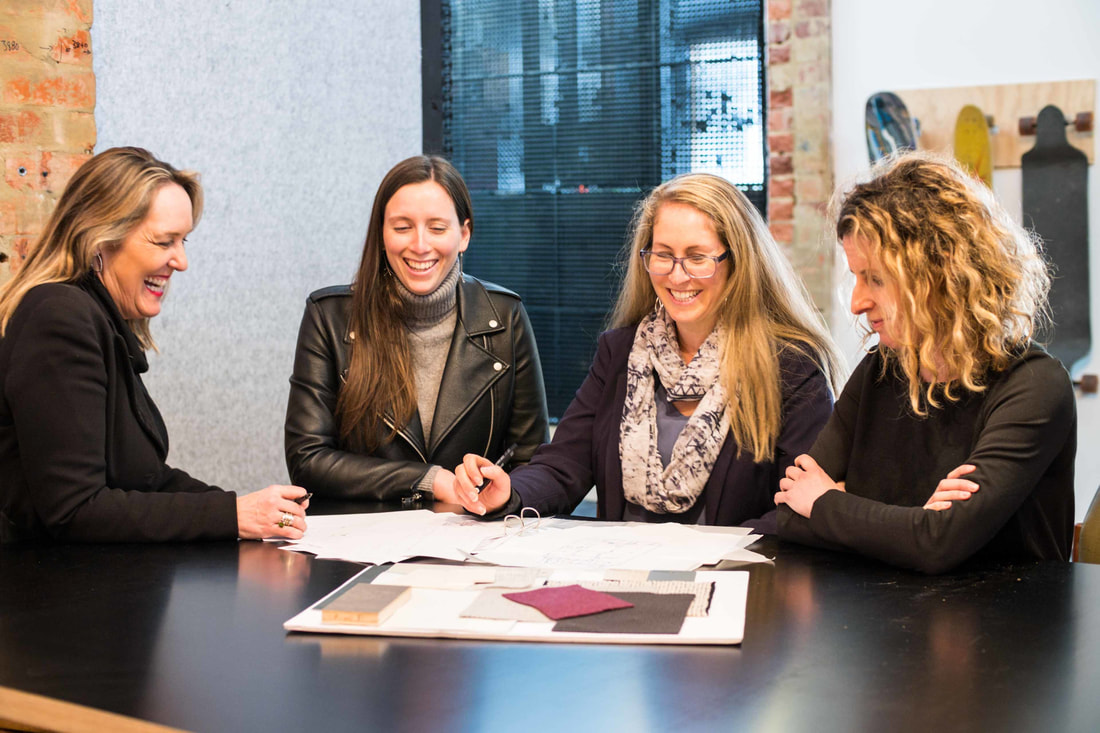|
This year has seen many companies return to a flexible working model, where individual workers and teams split their time between a physical working environment and a virtual one. This new working landscape has presented a challenge for culture, as companies question the role played by the physical office space in maintaining it.
Historically, cultural “rituals” that were once enacted in the office, can no longer take place or if they can, they face disruption through a new hybrid working model, where employees are not in attendance full time. From this new framework, a need to redefine culture has emerged, with many companies forced to rebuild their cultural practices and values to retain talent and integrate new employees. On January 18, 2021 Victoria began a staged return to the office with most workplaces in the private sector set to return to 50% capacity. By the beginning of March, offices were expected to be mostly full, with new measures put in place to make workers feel safe and supported. The media reported a steady rise in foot traffic in the CBD as companies were interviewed about their staff’s excitement over a return to in-person meetings.
In reality, things look a little different. In fact, the big return to the office has not exactly met expectations, particularly among landlords and business leaders. The pandemic has dramatically altered many aspects of life. The workplace in particular has undergone rapid changes with organisations having to re-assess the way they work and re-structure business models in order to survive. Our collective working from home experience has taught us a lot about how our people work. Businesses can now use this knowledge to better understand behaviours, technologies and space before committing to change.
No workplace will be the same and as we adapt to our new normal the need to involve our people is paramount. There is an opportunity to harness the best of both pre and post COVID work styles. BRM assists organisations to survey, engage and get their people involved in order to explore preferred and future ways of working. One business leader recently likened himself to a wombat who hesitantly pops his head out of his burrow to inspect for danger before allowing the other wombats to emerge.
The return to work has begun, albeit slowly and warily. Business leaders know that the office they are returning to will not be the same office they left back in early March. In fact, it will never be the same office again. It would be foolish to ignore the heightened sense of anxiety that accompanies this. While there remains a myriad of issues (economic, physical and mental health related) to deal with upon our return, businesses should first look at their strategy to help them make a successful return. With restrictions set to ease and budgets thrown out the window for this financial year, many organisations are rethinking what the NEW norm looks like. Studies are already revealing that Australia’s workforce has enjoyed numerous benefits of working from home, among them, reduced commuting, increased work-life balance, and greater productivity. As a result, many workplaces are now looking at how they can support this newfound flexibility and reduce their operational expense.
The concept of ABW, or agile working is receiving a lot of attention, and while the past couple of months have been manageable for the short term, there are a number of key factors that should be considered before investing in this approach for the long term. The workplace has evolved incredibly – from a time when physical skill and labour were the main focus, to today’s landscape, dominated by technological advancements. It’s safe to say that the idea of work, and the worker, has undergone quite the transformation over the centuries.
So how do we prepare for the next step in the evolution of the workplace? The answer may be simpler than we thought. In the current economic climate, businesses are pro-actively changing in response to the growing expectations of their workers. Now that people are defining the future of work, we need to examine their needs, their values and their purpose. In doing so, companies are following all kinds of ‘workplace trends’ to attract top talent. But the successful workplaces are those that have three core elements at their centre: Technology, Design and Culture. Each element on its own is a kickstarter to a better workplace, but when used in support of each other, they are a recipe for a brand new paradigm of work, possibly the best we’ve seen so far. ‘The workplace of tomorrow’ is a term that most organisations are striving towards these days. It seems that everyone wants to hitch a ride on the workplace wellness bandwagon with companies adopting practices from agile working, to yoga and nap pods.
The real workplace of tomorrow, however, will be shaped by much more than a passing trend. In fact, the working landscape has already changed dramatically over the past decade and rapid changes continue to happen before our eyes. So how do we keep up? The answer may be simpler than you think… Australia's financial sector has been captivated by the workplace design trend of ABW (Activity Based Working), with major firms such as PWC adopting the model almost a decade ago and other similar firms following suit.
When BRM Projects began working with knp Solutions, a Melbourne-based accounting firm, it was settled into its 22 year old traditional office space with a location and building that was suited to both clients and staff. It was an unexpected eviction notice mid-lease and additional partners that triggered the need for a change of location and company direction..... According to the Superfriend's "Thriving Workplace Survey 2017", a report on the current state of mental health in the Australian workplace, 2 out of every 5 workers reported that they had left a job because of a poor workplace mental health environment.
October is Mental Health Month across Victoria, and given that BRM Projects sees wellbeing as a central element in every one of our projects, today's blog will provide workplace leaders with some helpful tips on implementing and maintaining a mentally healthy workplace. In A Nutshell…
Activity based working is rapidly taking over traditional ways of working. The flexibility and freedom to move throughout different spaces in the workplace is a highly valued and very necessary part of modern work. These spaces are tailored to different types of work activities and are used by employees for different purposes, making the workspace more dynamic and ultimately more productive. Leesman defines activity based working as more of a “business strategy” than a “workplace strategy”, providing multiple work settings to meet the individual’s working needs and helping them implement certain tasks. |
Sign Up To Our NewsletterArchives
September 2023
Categories
All
|
BRM |
QUICK LINKS
|

 RSS Feed
RSS Feed
